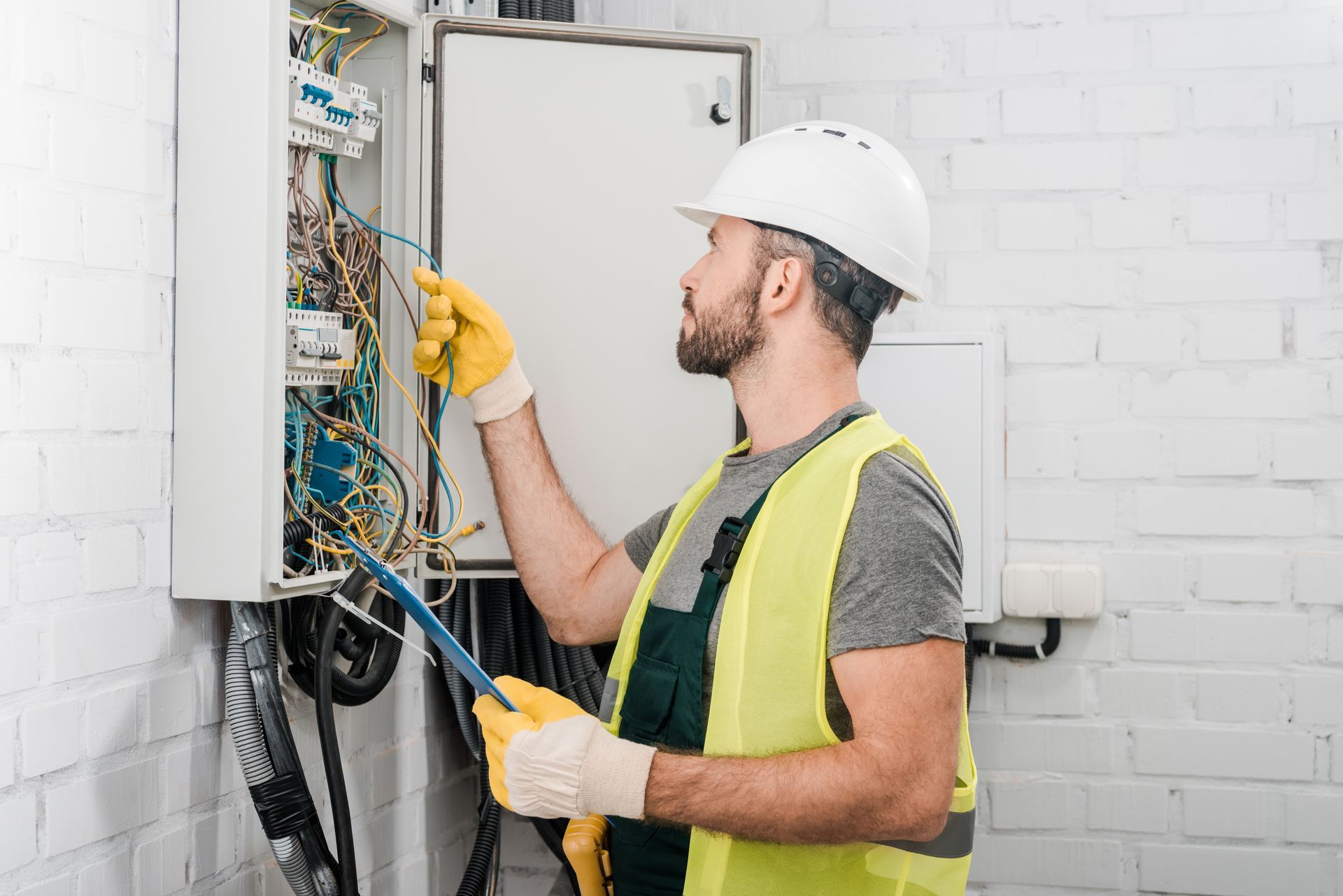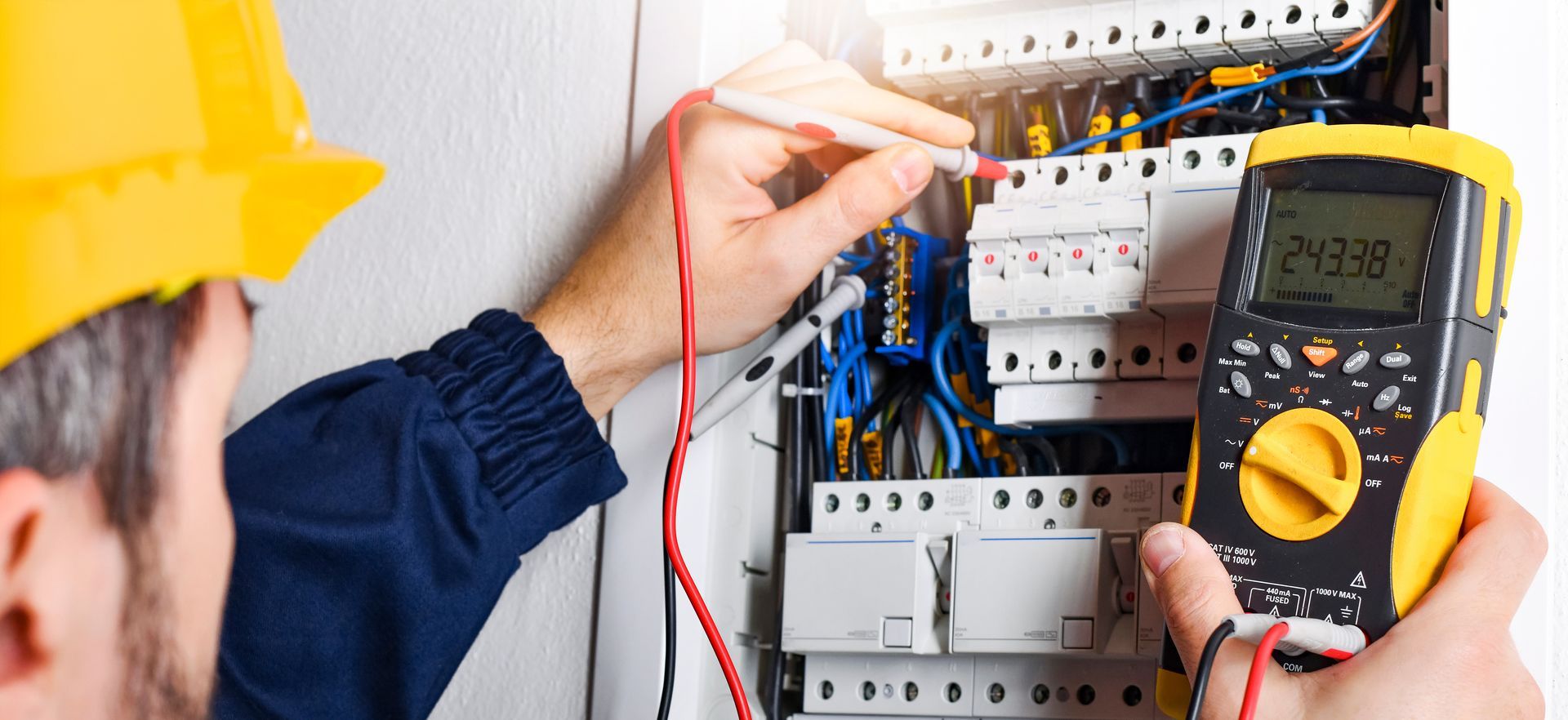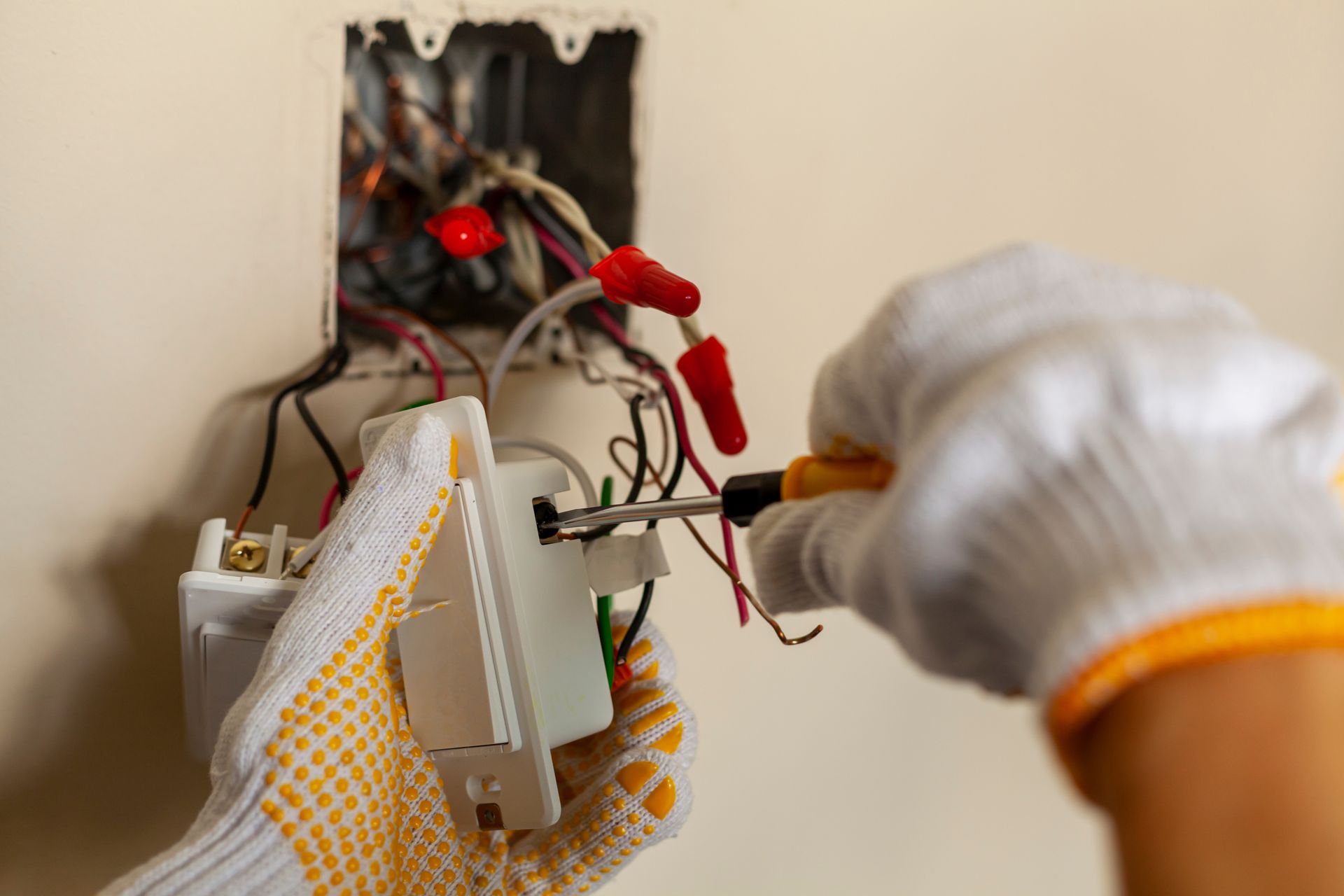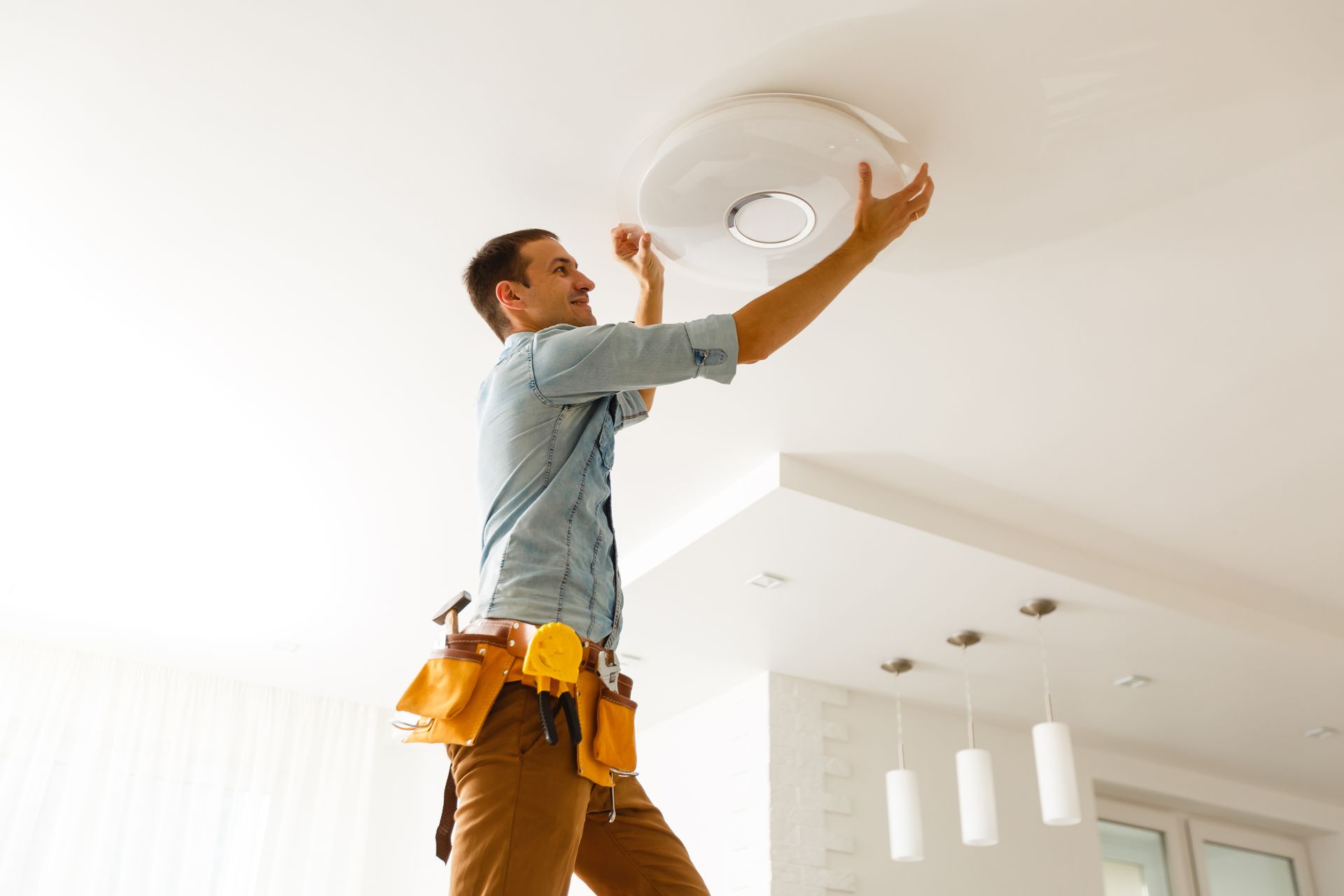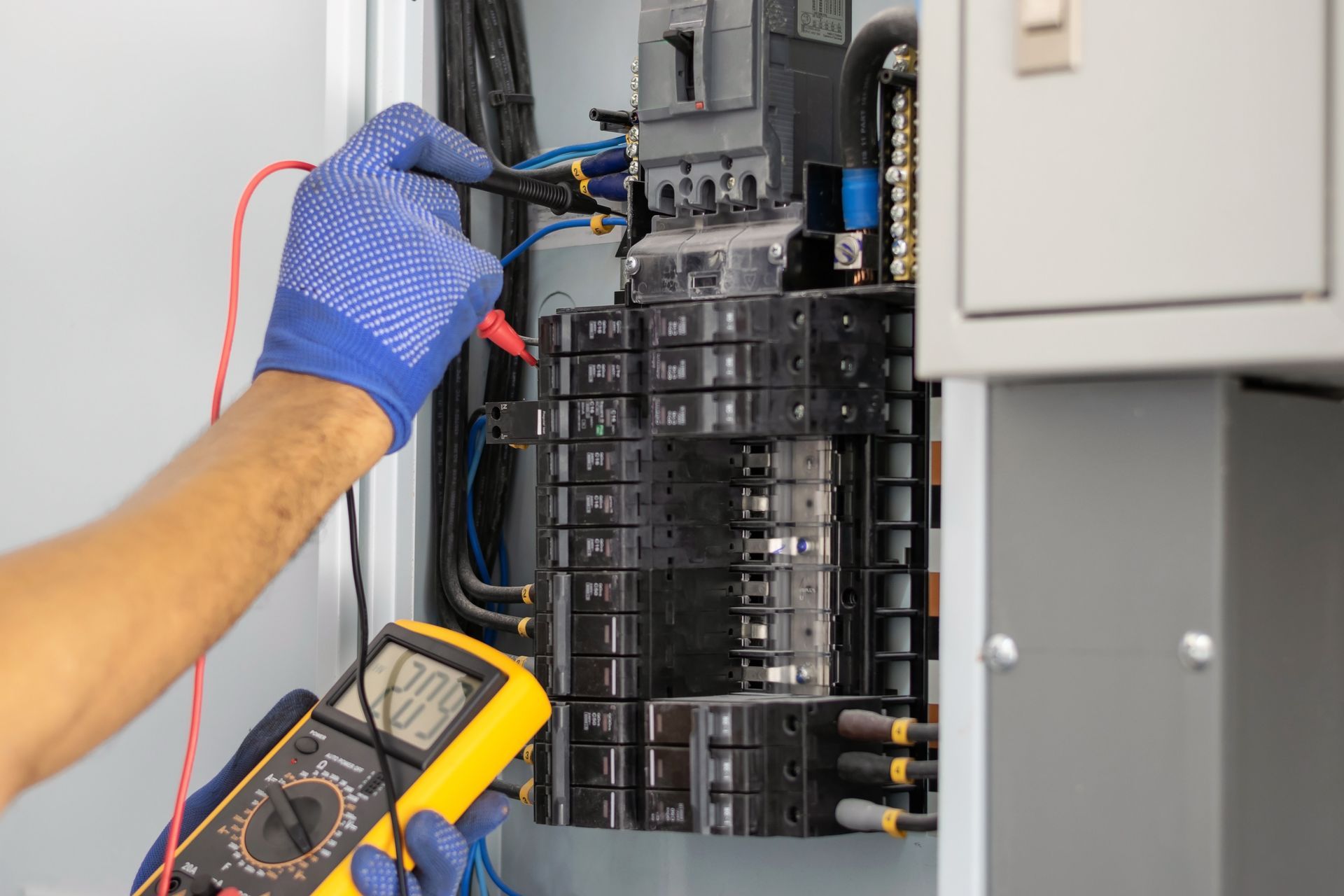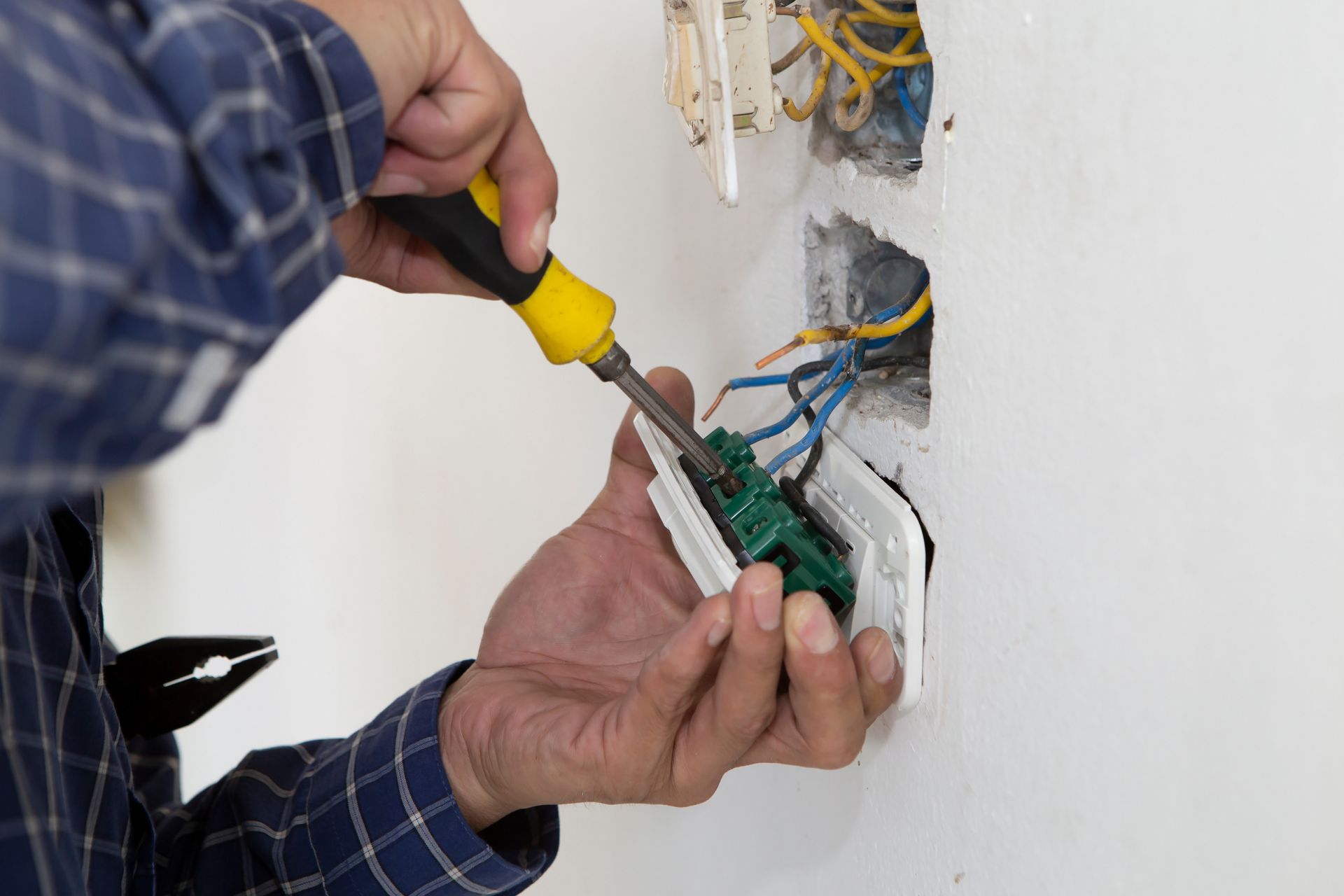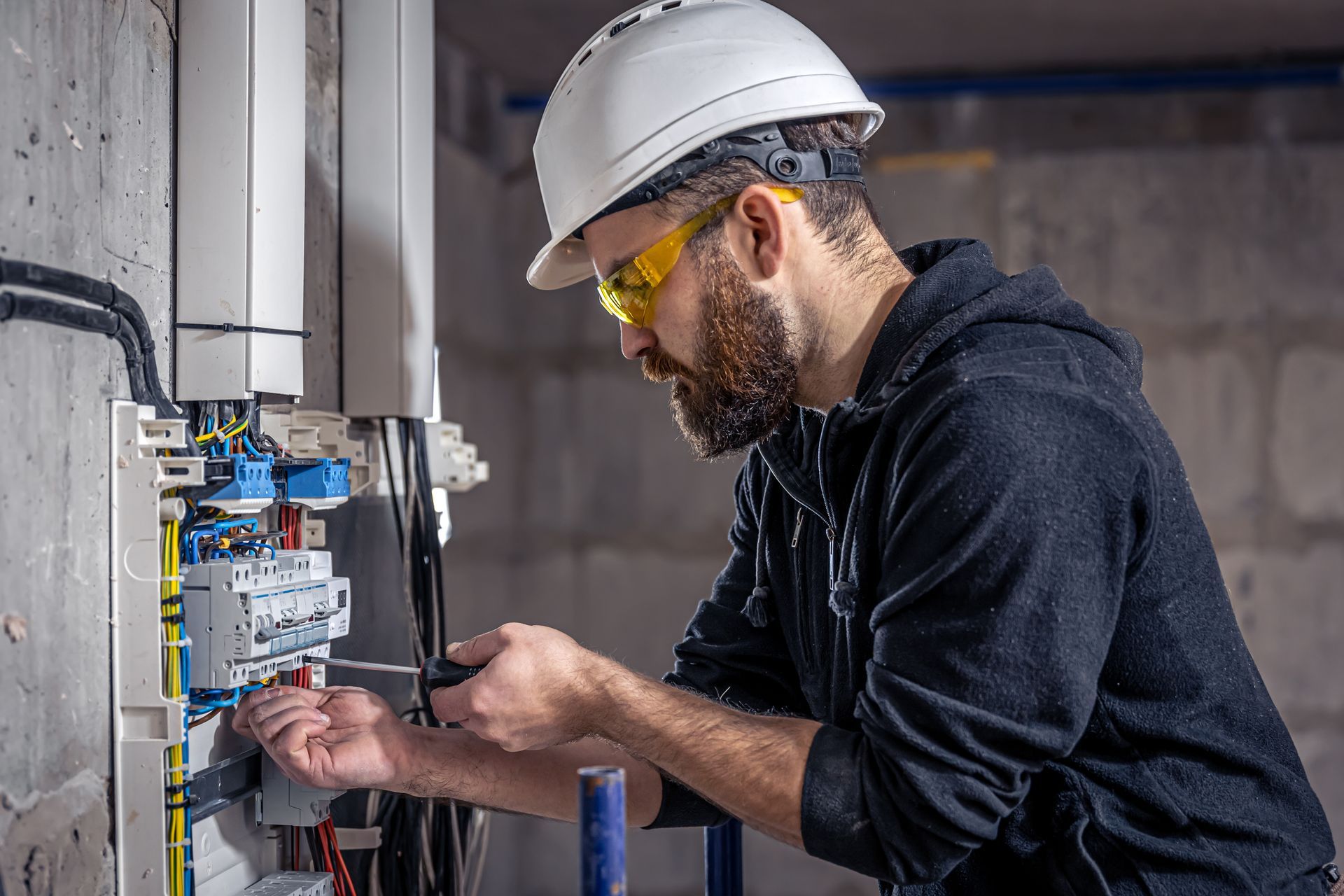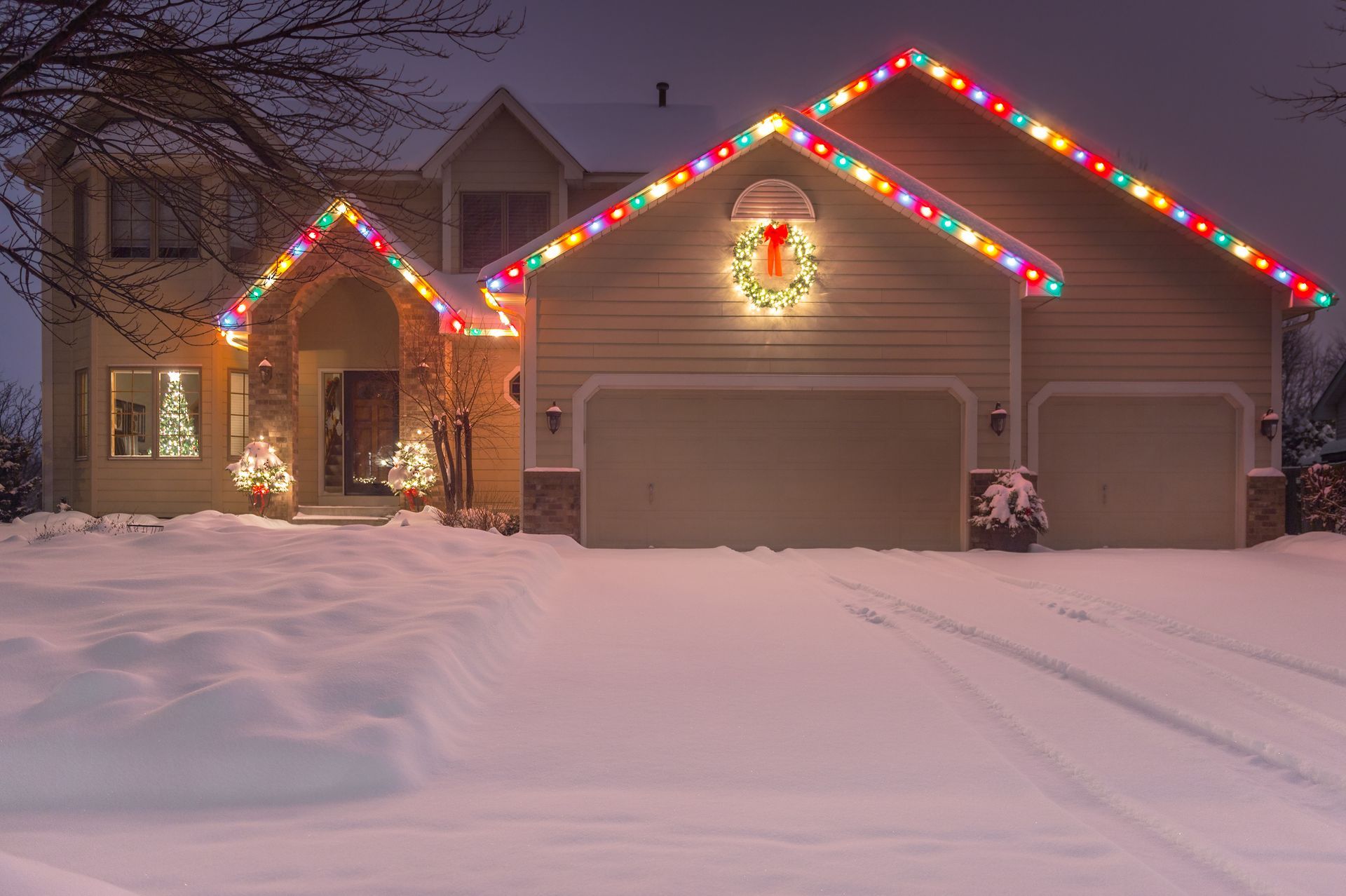Electrical Problems in Older Homes: Common Issues and Solutions
Older homes have charm and character, but they often come with outdated electrical systems that can pose safety risks and hinder modern functionality. Recognizing and addressing common electrical problems is essential for maintaining the safety and efficiency of your home. Here are the most frequent issues homeowners face in older properties and practical solutions to resolve them.
Outdated Wiring Systems
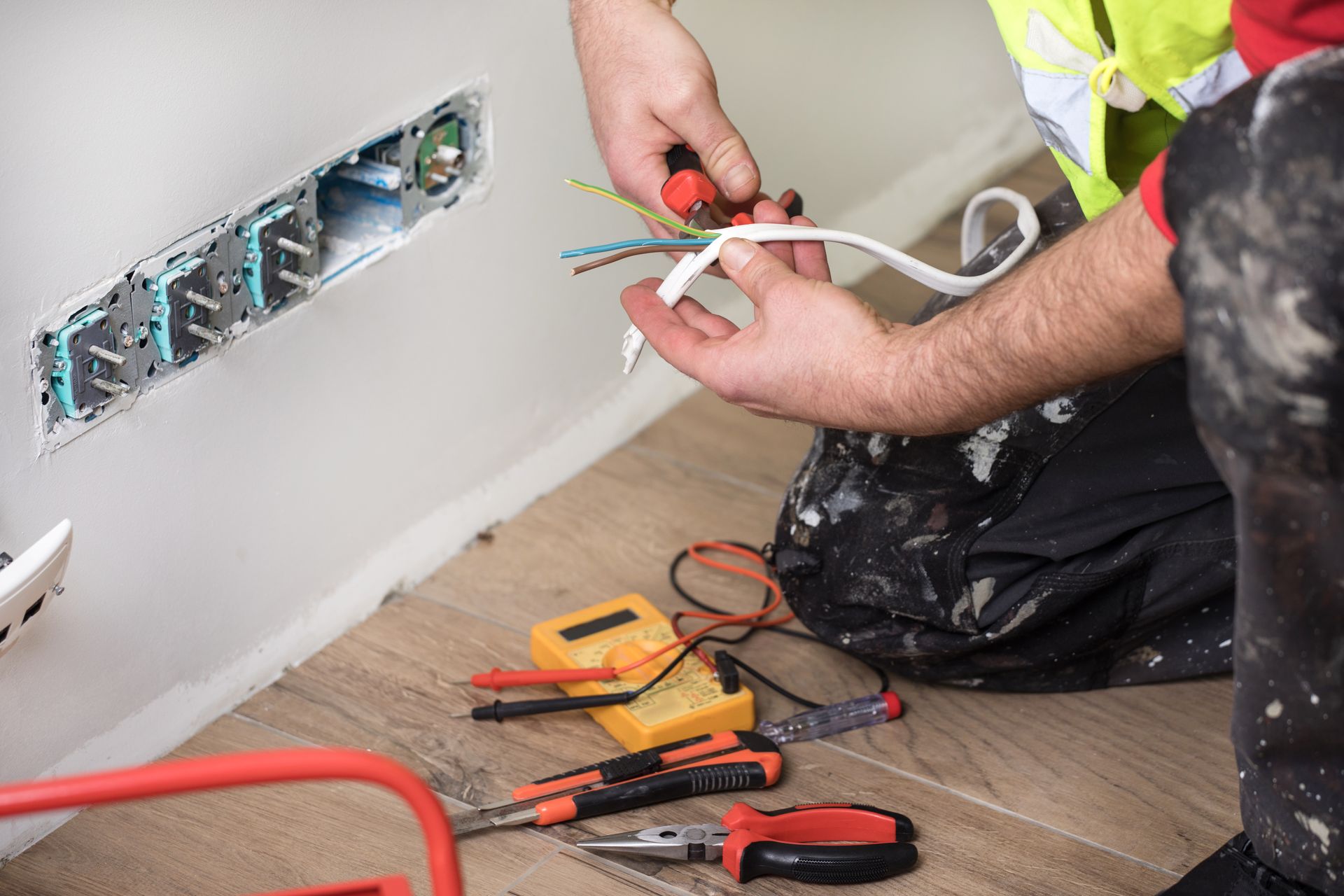
One of the most common problems in older homes is outdated wiring, such as knob-and-tube or aluminum wiring. These systems were standard in the early 20th century but can no longer handle the demands of modern appliances and electronics. Additionally, aging wires may become brittle or exposed, increasing the risk of electrical fires.
What to Do:
- Schedule an inspection: A licensed electrician can assess the condition of your wiring and recommend upgrades.
- Upgrade to modern wiring: Replacing old wiring with copper wires can improve safety and efficiency.
Insufficient Electrical Capacity
Older homes were designed for simpler times, with fewer devices and appliances. Many older electrical panels cannot support the power needs of today’s homes, leading to frequently tripped breakers and overloaded circuits.
What to Do:
- Upgrade your electrical panel: A professional electrician can install a new panel with higher capacity to meet your needs.
- Add additional circuits: Distributing the load across more circuits can prevent overloading.
Ungrounded Outlets
Homes built before the 1960s often feature two-pronged outlets, which lack grounding. This design does not protect against electrical surges and increases the risk of shocks and damage to your devices.
What to Do:
- Replace with grounded outlets: Install three-pronged outlets to improve safety and compatibility with modern appliances.
- Consider GFCI outlets: Ground Fault Circuit Interrupter (GFCI) outlets are an excellent choice for kitchens, bathrooms, and outdoor areas, as they provide additional protection against electrical shocks.
Faulty Light Switches and Fixtures
Light switches and fixtures in older homes can wear out over time. Flickering lights, buzzing sounds, or switches that don’t work properly are signs of underlying issues, such as loose connections or aging components.
What to Do:
- Inspect switches and fixtures: Have an electrician check for loose wiring or damaged components.
- Replace outdated fixtures: Updating to modern, energy-efficient lighting can enhance safety and reduce energy costs.
Lack of Ground Fault Protection
Ground Fault Circuit Interrupters (GFCIs) are now required in areas like bathrooms, kitchens, and outdoor spaces to protect against electrical shocks. However, older homes may lack these essential safety features.
What to Do:
- Install GFCI outlets: An electrician can install GFCI outlets in key areas to ensure compliance with modern safety codes.
Overloaded Circuits
With limited circuits in older homes, it’s easy to overload outlets by plugging in multiple devices or using power strips. Overloaded circuits can lead to overheating, tripped breakers, or even fires.
What to Do:
- Distribute devices: Avoid plugging too many appliances into a single outlet.
- Add more outlets: Have an electrician install additional outlets to reduce strain on existing circuits.
Improperly Installed DIY Electrical Work
Over the years, homeowners may have attempted DIY electrical repairs or upgrades that do not meet current safety standards. These makeshift solutions can result in loose connections, overloading, or fire hazards.
What to Do:
- Inspect for DIY work: A licensed electrician can identify and correct unsafe installations.
- Hire professionals for repairs: Always rely on certified electricians for any electrical upgrades or repairs.
Lack of Smoke Detectors
Older homes often lack sufficient smoke detectors, which are critical for early fire detection. Smoke detectors in older homes may also be outdated and no longer functional.
What to Do:
- Install smoke detectors: Ensure every floor and sleeping area has working smoke detectors.
- Choose interconnected systems: Modern systems can alert the entire home in case of a fire, even if it starts in another area.
Inefficient Energy Use
Older homes are notorious for energy inefficiency, partly due to outdated electrical systems and lighting. This can result in higher energy bills and a larger environmental footprint.
What to Do:
- Switch to LED lighting: Replace incandescent bulbs with energy-efficient LEDs.
- Consider energy audits: An energy audit can identify areas for improvement, such as insulation and appliance upgrades.
Ensuring Safety and Modern Comfort in Older Homes
Electrical problems in older homes are common, but they don’t have to be overwhelming. By addressing these issues proactively, you can improve the safety, efficiency, and comfort of your home.
At B-Town Electric, we specialize in helping homeowners modernize their electrical systems while preserving the charm of their older properties. If you’re searching for trusted electricians near me, contact us today to schedule an inspection and ensure your home is safe and up to code.
Questions? Contact our main office
Schedule a Free Quote. Submit a free quote request online
